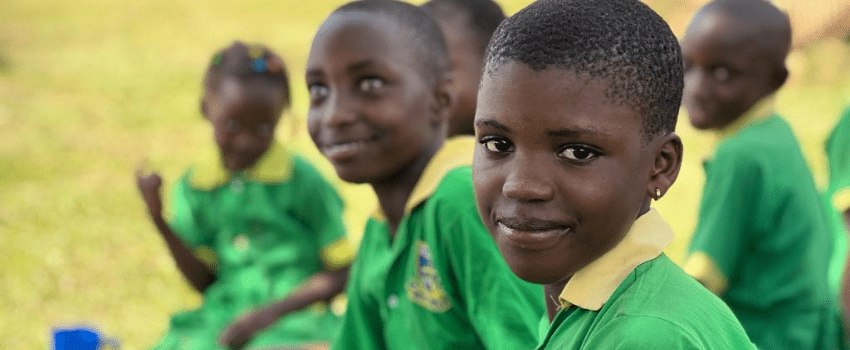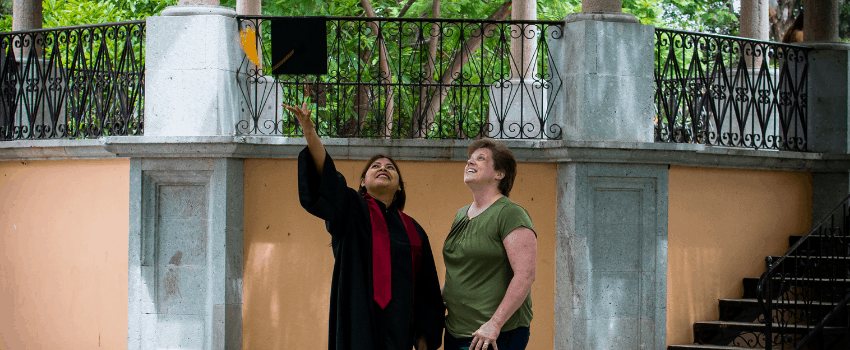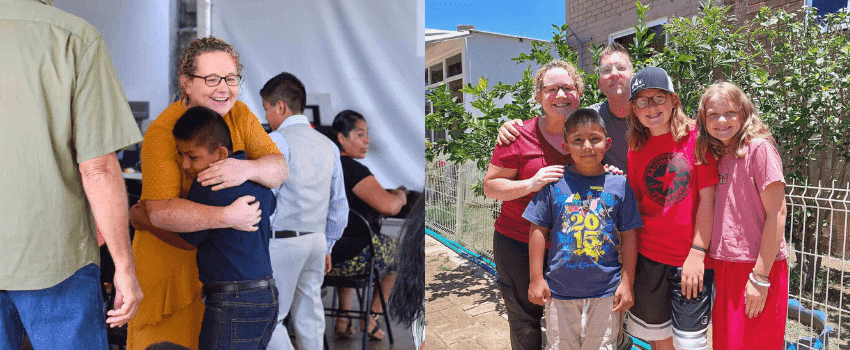
A Recipe for Transformation
When I introduce new people to Forward Edge, I’ll often describe what we do this way: we help children around the world overcome poverty, discover their true worth, and pursue God’s extraordinary purpose for their lives. I believe these three descriptors are distinct and important. Let me explain a little








